The FOB (free on board) price of apparel paid by brands and retailers to their suppliers has been falling for over a decade and as a result consumer prices for apparel in the USA have risen far more slowly than the overall consumer price index. In fact, they have fallen for 9 of the 14 years this century. This has been good for retailers and consumers but tough on every one else in the supply chain and particularly, for workers. There are signs that prices may be firming and that should provide a little comfort down the supply chain, but will it?
As David Birnbaum wrote in a recent Just-Style piece, “the era of ever-decreasing FOB prices may well be at an end because the causes of that decline might no longer exist.” Economies are recovering from the financial downturn of 2008, and there is an ever-increasing demand for cheap merchandise. Production facilities in supplier countries competing for orders from brands and retailers are forced to reduce their prices to stay competitive, but there comes a point where rising costs can’t be covered by cost cutting and churning out more product. Wage costs in particular are rising in producer countries due to labor shortages and unionisation and suppliers are having to meet higher social and environmental standards that add extra cost. But so long as the power imbalance between buyers and suppliers continues to favor buyers, the suppliers will have to absorb those costs instead of adding them to FOB prices.
It is not a pretty picture for many suppliers and will likely provoke two responses: consolidation and vertical integration of the big, well-managed groups like Esquel on the one hand, and a pitiful search for cheaper sources by the bottom feeders on the other. The trend toward consolidation will be positive for social and environmental standards, but the race to the bottom could be tragic.
It’s hard to tell which of the two tendencies will prevail. But most likely, in an effort to cover increasing costs and volatile order volumes, the most competitive business model will be one much like we’ve seen in Bangladesh: lead companies surrounded by a network of smallish producers that can be mobilized and reconfigured to meet market demands and staffed by an equally flexible (i.e. temporary or precarious) workforce. This is a replay of the original drive to cut costs by outsourcing production from developed to less developed countries. Now suppliers in those developing countries might try to cut costs by employing the same business model - outsource production to subcontractors that can be included and excluded at minimal cost depending on order volumes. The subcontractors have lower production costs because they have lower rents and lower wages.
Small production factory puts finishing touches on a garment order in Dhaka, Bangladesh.
This cascade of outsourcing will continue as long as the power asymetries in global value chains prevail and rising input costs are not reflected in rising FOB prices and ultimately, rising consumer prices. The only alternative is for suppliers to make significant productivity gains so that they can spread the rising input costs across more pieces and achieve lower unit costs, but that takes investment, technology and training that only bigger companies can afford. Unfortunately there are not many supplier countries where investment capital and technical support is available to enable the continuous improvement suppliers need to absorb rising input costs.
Workers wages and working conditions are often the first to suffer as suppliers move to cut costs since they are more malleable than material and utility costs. Human and labor rights are infringed at the same time and if overall governance and enforcement standards are low, workers become the adjustment variable in the global price wars. If brands and retailers are committed to respecting labor rights in their supply chains they will have to address this inevitable consequence of the competitive pressures flowing down the chain.
Auret van Heerden is a colleague of the Center and former president of the Fair Labor Association.


